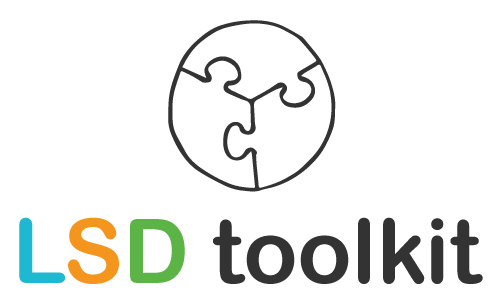(Deze pagina is in het Engels, omdat de content uit een artikel komt van Gerjon met de titel ‘Retrospective for distributed teams’)
There are some key factors that contribute to the success of a scrum team. Next to cross-functionality (T-shaped, M-shaped), dedication (working in only one team) and stability (the team is given enough time to get airborn) the most important factor in creating a flourishing scrum team is probably co-location. And the most important scrum ceremony for team building to me is the retrospective. So how about retrospectives for distributed teams? In this blogpost I’ll share some tips based on my experience.
In short (and in my experience), successful retrospectives for distributed teams consist of 5 basic ingredients: being aware of cultural differences, using of a simple format, creating an optimal setting, preparation on multiple locations and the use of Menti or the like.
Ingredient 1: Beware of culture
A distributed team could of course consists of multiple teams within the same country. But more often you will have half a team in for example The Netherlands and the other half in Portugal, Bulgari or India. There might be cultural differences in how team members in both locations handle feedback. In some cultures it’s not appropriate to give feedback – especially not to a senior team member – whereas in other cultures people find it very hard to deal with feedback. The key is to know the cultural differences and, with that in mind, really get to know your team members and build trust on an individual level.
Ingredient 2. Use a simple format
This one is obvious, but is nonetheless often forgotten. If you only have the one-and-only sailing boat or the infamous starfish in your knapsack, you might struggle with translating this to a distributed setting. And thus give up hope before you’ve even started. My advise: choose retrospectives – or even better: design them yourself – that take into account the limited communication options. Formats that do work (see ingredient 5 for a smart way to use them) amongst others are:
- Mad, sad, glad. Looking at the last sprint, what was super frustrating, what was disappointing and what uplifting?
- Stop, start, continue. Looking at the last sprint, what should we stop, start and keep doing?
- The good, the bad and the ugly. One of my own: Looking at the last sprint, what went really well and what went really bad. Plus mention one thing you’re not proud of (but you will work on the next sprint).
Ingredient 3. Create an optimal setting
The one basic thing to do is to have a visual on the team members on both sides. Make sure all team members on a specific location are in the same room, using one camera and one microphone. You might prohibit the use of mobile phone attendancy. Finally, to make the retrospective energetic, ask all attendees to stand up and if possible move around.
Ingredient 4. Prepare on multiple locations
With good preparation it is possible to have the lively retrospectives similar to those with a co-located team. All it takes is the help of a team member abroad.
An example. One of my teams is based in The Netherland but also consists of three developers in Sofia, Bulgari. I devised a retrospective where team member could rate themselves on the 5 scrum values on a scale of 1 – 10. As a visual I designed a five-legged spider graph with an axe for each value numbered 1 up to 10 from the centre outwards. I made one version for my five Dutch team members, put it on a wall, put the camera on it and gave them all a different colour marker. Upfront I asked a developer in Sofia to draw the same spider graph and stick it to a board with a camera on it. The 3 developers abroad were also given a different colour marker to plot themselves on the axis. After a short timebox to plot ourselves, we individually explained why we plotted ourselves this way and had other team members give their feedback.
Ingredient 5. Use Menti or the like
One thing that really works for me (and is enjoyed by my teams) is working with Mentimeter. In the free version you can use 3 screens for 3 aspects of the retrospective, enough for simple retrospective formats as mentioned in ingredient 1. Ask all team members to take their mobile phone to the retrospective so they can participate in the Mentimeter. What works best is first get input on the (3) screens and after that ask all team members to put down their mobile phones and have a plenary discussion on the items. As a facilitator it’s your job to click through the Menti screens and note concrete actions that can be derived from the discussion.
Hope this helps as an inspiration for better retrospectives with distributed teams. If you have your own tips and tricks, please share them below!
